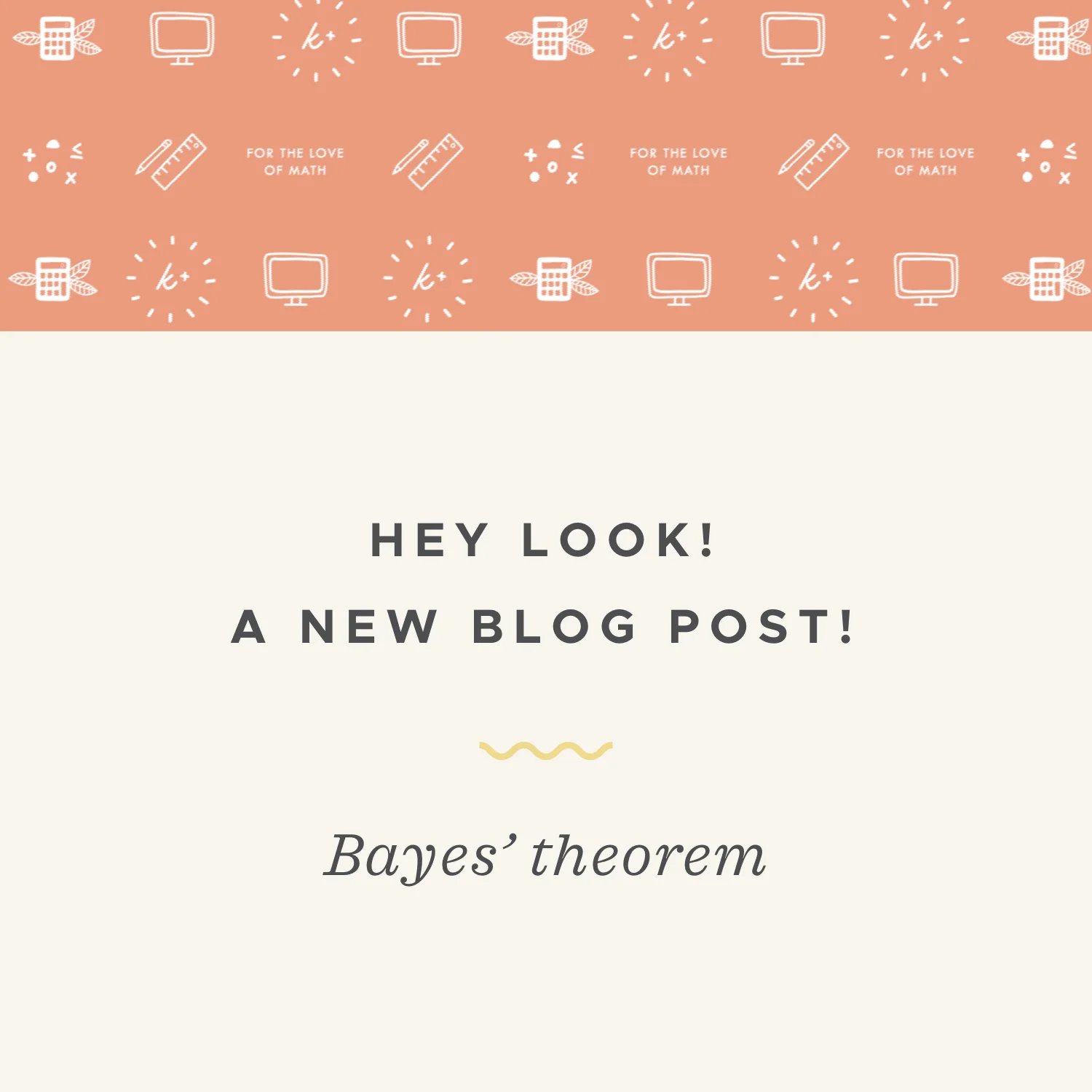Bayes’ theorem, also known as Bayes’ law or Bayes’ rule, tells us the probability of an event, given prior knowledge of related events that occurred earlier. To simplify Bayes’ theorem problems, it can be really helpful to create a tree diagram. If you’re ever having trouble figuring out a conditional probability problem, a tree diagram is a great tool to fall back on, because it shows all of the sample space of the problem.
Read MoreUp to this point, we’ve been focusing on independent events, which are events that don’t effect one another. For example, if I flip a coin two times in a row, the result of the first flip doesn’t effect the second flip, so those flips are independent events.
In other words, if I get heads on the first flip, the second flip still has an equally likely chance of producing heads or tails. If instead I get tails on the first flip, the second flip still has an equally likely chance of producing heads or tails.
Read More



